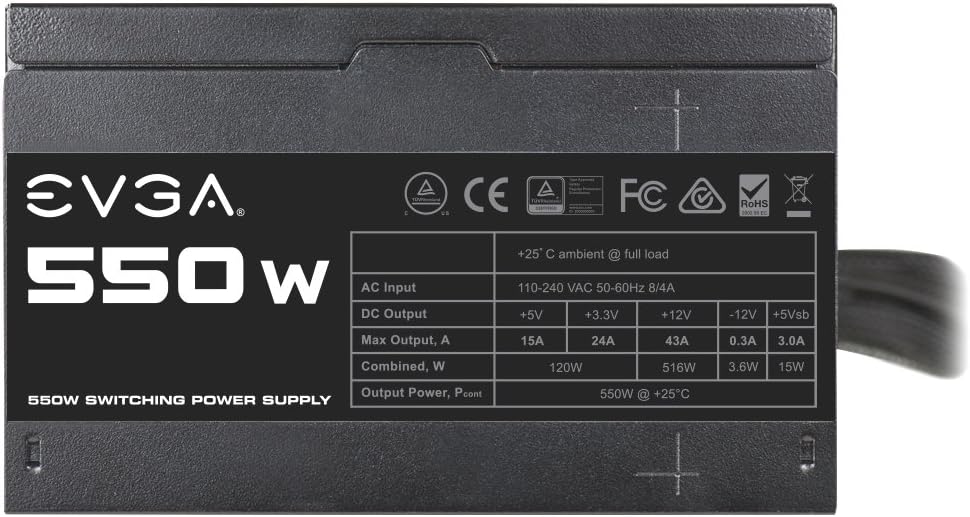Hello, recently I built this setup for a client:
I3-10100F
ASRock H510M-HVS R2.0
Corsair Vengeance LPG 2X8 16GB 2666MHZ CMK16GX4M2A2666C16
Zotac GTX 1650
EVGA ATX 550W 80 Plus White
The client was playing CSGO and suddenly the PC rebooted (without any freezing or bsod), and was power cycling, but never booted again, so he removed one RAM stick and the PC booted again. We tested the two slots of the mobo and both worked. We tested the other RAM stick and apparently it died. Then, today, the PC did the same thing and the second RAM stick died too. We tried everything already, clearing cmos, etc etc.. Why is this happening?
Fresh win 11 install, all drivers updated, latest bios, etc
I3-10100F
ASRock H510M-HVS R2.0
Corsair Vengeance LPG 2X8 16GB 2666MHZ CMK16GX4M2A2666C16
Zotac GTX 1650
EVGA ATX 550W 80 Plus White
The client was playing CSGO and suddenly the PC rebooted (without any freezing or bsod), and was power cycling, but never booted again, so he removed one RAM stick and the PC booted again. We tested the two slots of the mobo and both worked. We tested the other RAM stick and apparently it died. Then, today, the PC did the same thing and the second RAM stick died too. We tried everything already, clearing cmos, etc etc.. Why is this happening?
Fresh win 11 install, all drivers updated, latest bios, etc



